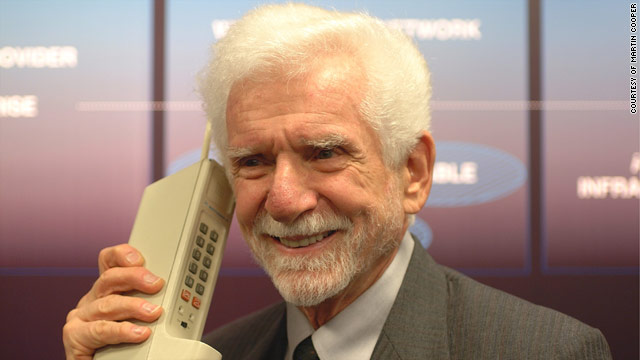Alexander Graham Bell, on March the 10th, 1876, made the historic first telephone call that gave birth to a cultural and business shift which changed the world. 97 years later, in 1973, Motorola installed a base station to handle the first public demonstration of a phone call over a cellular network.
On April the 3rd, 1973, the phone’s inventory, Martin Cooper, took the cellular phone technology to New York to demonstrate it to reports and the public where a call was made while standing on Sixth Avenue.
Since then a worldwide telecoms industry has sprung up, along with a vast array of technologies developed for mobile phones and mobile phone technology has come a long way after years of development, new inventions, to what we know as the smartphone today.
In 1973, there wasn’t the Internet, digital cameras, or personal computers, but there was the cell phone. The prototype version that would become the Motorola DynaTAC 8000x weighed 2.5 pounds, and had a single-line, text-only LED screen. It took a decade before Motorola’s DynaTAC finally reached consumer’s hands.
Martin Cooper, the inventor of the cellphone was then a general manager of Motorola’s Communications Systems Division. He called Joel Engel, who was the AT&T general manager, to tell him that the race to perfect cellular tech was over, and that Motorola won the race. He said, “Joel, this is Marty Cooper, I’d like you to know that I’m calling you from a cellular phone.”
On September 21st, 1983, Motorola made history when they produced the world’s first commercial portable cell phone. It cost consumers a whopping $3,995 at the time.
A very substantial part of that first phone was, in fact, the battery, which weighed four or five times more than an entire rest if the cellphone and had a battery lifetime of only 20 minutes.
Cooper’s vision for a personal wireless handheld telephone was inspired by watching Captain Kirk using his communicator on the television show Star Trek.




